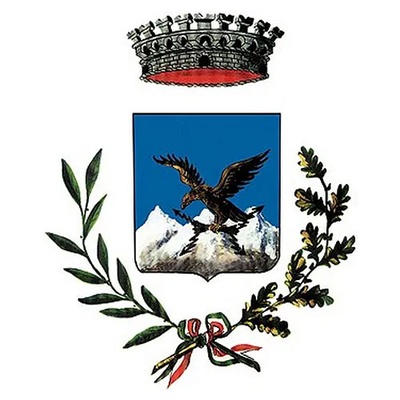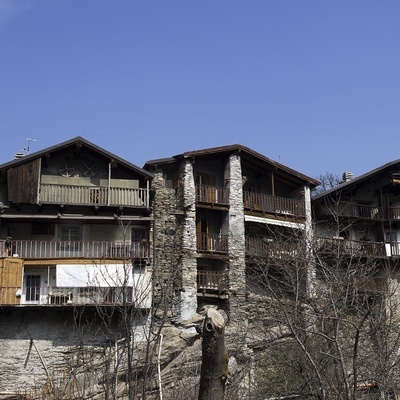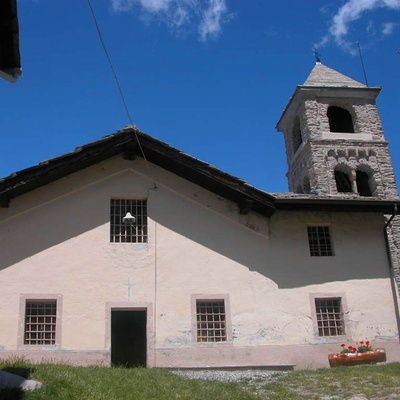
Via Roma, 3, 10050 Gravere
Gravere is a small municipality located on the right side of the Dora, upstream from Susa towards Monginevro. Its toponym identifies the collection of hamlets that comprise it: Essimonte, the administrative and religious center, Olmo, Armona, Arnodera, Bastia, Losa, and Alteretto. Gravere gained religious and administrative autonomy between 1598 and 1622. The Church of the Nativity of Mary was built to fulfill a vow made during the plague epidemic of 1598 and consecrated in 1701, while in subsequent centuries, it was also consecrated to St. Barbara. Little information is available about the ancient Romanesque Church of SS. James and Philip in Croaglie, which fell into ruin.
It was mainly an agricultural center, characterized, even today, by stone and wooden houses, daringly built on rocky protrusions overlooking the Dora and the Gelassa stream. Since ancient times, its border position between the lands of the Dauphiné and the Savoyard lands favored the construction of fortified elements. The first known medieval fortification is the Bastita de Paladruco, built between 1300 and 1301 by Count Amadeus V, from which the hamlet Bastia takes its name. The forts of Monmorone and Rocco di Molaro, Fort San Francesco, dating back to the 16th century, were fortifications commissioned by the Albon, the Dolphins of Vienne, and served as support elements for the French armies of Catinat that descended to besiege the Susa Valley and Turin.
In the mountain hamlet of Losa, the presence of the famous Certosa della Losa, founded in 1189 under the initiative of Thomas I of Savoy and managed by Carthusian monks, stands out. Its history is intertwined with the abbey of Novalesa for the origin of the Benedictine community and then with Montebenedetto where the monastic community moved at the beginning of the 13th century. The layout of the Certosa della Losa differed from other charterhouses in the area because it did not possess a building with cells for the monks, but each monk had a small independent residence.
The interior of the chapel of the Madonna della Losa was adorned in the second half of the 14th century with a cycle of frescoes depicting the apostles, distributed over the two halves of the vault. The Romanesque building has traces in the tiny bell tower, while the interior of the holy sacellum preserves beautiful frescoes from the early 1400s of Lombard inspiration. Originating from the Certosa, but now preserved at the Diocesan Museum of Sacred Art in Susa, is the Marian-themed Baldachin altar from the first half of the 15th century, attributed to an unknown medieval German sculptor. The altarpiece is a sort of tabernacle, supported at the front by slender pilasters, housing a system of gilded and painted wooden images at its center that depict the moment of Christ's Deposition, while the painted panels narrate the life and passion of Christ.







